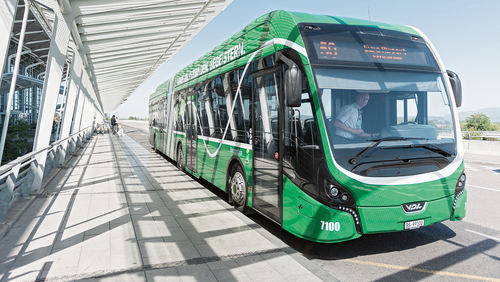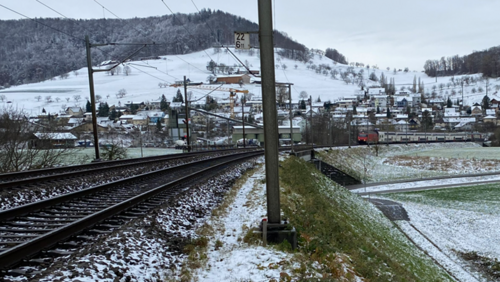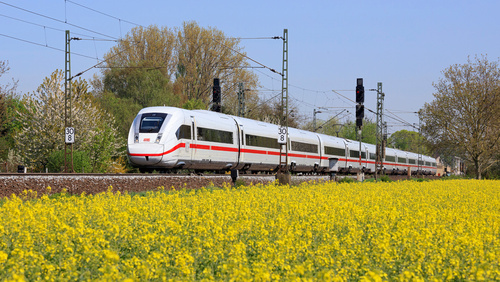Public Transport
Public passenger transport will play an increasingly important role in the future. Rail transport in Europe and Switzerland has been growing steadily in recent years. This applies to all railways, from national to regional and urban railways. At the same time, an unprecedented internationalization of the railways is taking place. This is particularly evident in cross-border passenger transport in the peripheral regions of Switzerland, as well as in the transit transport of goods.
The additional load on the railway system is currently leading to numerous challenges for developers and infrastructure operators. The existing system must be maintained and at the same time sustainably expanded in order to accommodate the growing population in Switzerland and increased mobility behavior. New topics such as digitalization and combined transport are also creating new opportunities that need to be exploited to the full.
The experienced team at Drees & Sommer Switzerland supports you in setting up, planning and realizing your rail projects. Our project managers, engineers, consultants and site managers contribute their expertise to major railway projects as well as light rail and tramway projects in the national and international environment. Customers benefit from our international experience and network, as well as our innovative strength.
Solutions for the public transport sector
Urban sprawl and population growth in Switzerland continue to increase. As a result, the need for additional mobility services is growing. Rail is continuing to gain in importance compared to road transport. This applies to both passenger and freight transport, which must be shifted from road to rail. This is the only way to achieve the internationally agreed climate targets. By 2035, they will have to significantly increase the capacity of the rail infrastructure over several expansion stages. This will entail massive investment in expansion projects.
Learn moreThere is a huge backlog in the maintenance of the Swiss railway network. A steady expansion of the railway infrastructure combined with ever longer and heavier trains has led to an increasing load on the system components in recent years and therefore also to an increasing need for maintenance. The necessary projects and measures often have to be carried out during ongoing railway operations and in coordination with major projects. The complexity of maintenance is constantly increasing under these circumstances.
Learn moreOperators have to modernize structures and plant in order to safeguard operations and improve quality. They need to improve the perception of train stations, as many customers do not feel at home in them. There are no shops selling everyday items and many existing facilities no longer meet today’s standards. New vehicle concepts only partially fit the existing infrastructure and workshops.
Learn moreStrict environmental and climate protection targets apply in the mobility sector. Operators must adapt their systems to meet the legal requirements, for which they have access to an ever-increasing range of options: More sophisticated alternative drive technologies are now available on the market. This is true for both local and long-distance rail and road transport. But many rail lines are still not electrified. Trains with diesel locomotives operate on these routes, and along with diesel buses, they are major drivers of carbon emissions. Operators will likely be required to replace all diesel engines with hydrogen technology or electric drive systems.
Learn moreDue to numerous expansion projects and more frequent services in recent years, the Swiss timetable has become increasingly dense in both local and long-distance transport. Added to this is the increase in freight traffic in response to the policy of shifting freight from road to rail. At the same time, new construction projects are putting pressure on the timetable situation and interfering with customers' journey times. Comprehensive planning of construction projects at the interface between construction and operation is therefore becoming increasingly important.
Learn more


